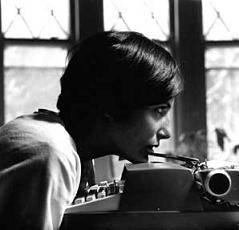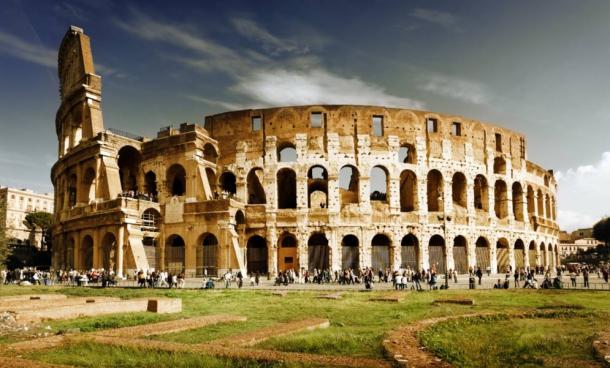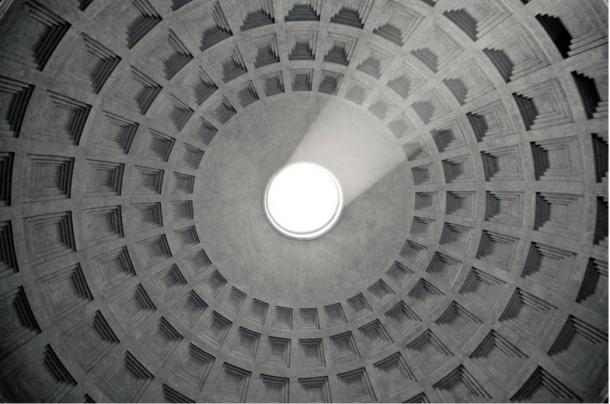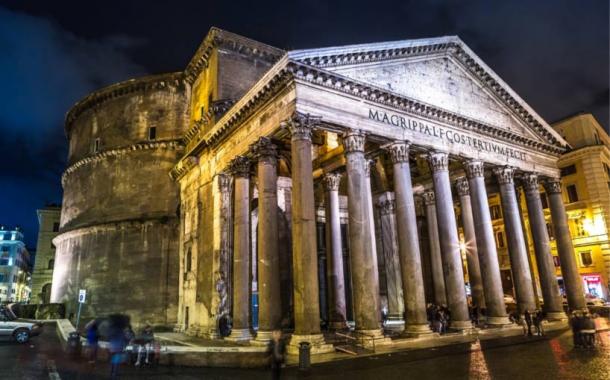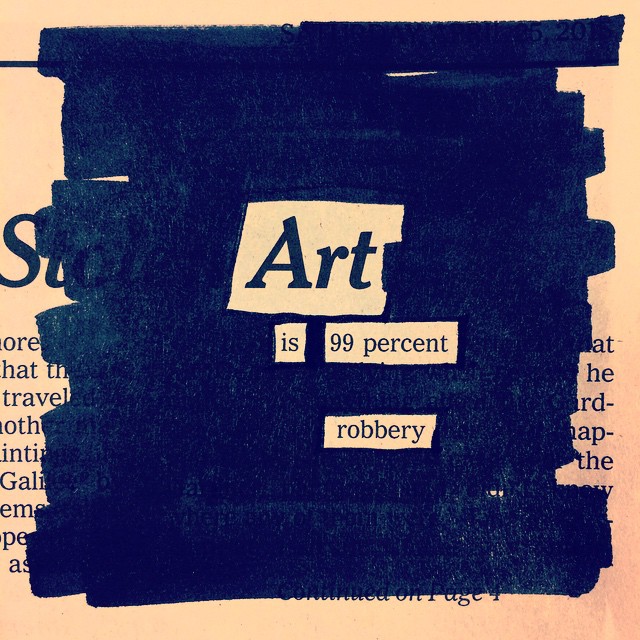MODERN ART THEORY - POSTMODERNISM
INTRODUCTION TO POSTMODERNISM
Postmodernism refers more to a broad collection of ideas and cultural trends than an actual artistic movement. Critics and theorists over the past four decades have offered differing views on when postmodernism began, and some have even argued that it is simply a groundless concept concocted by academics. In the realm of art theory, postmodernism animates two schools of thought, one holding that modernism as a whole is over (Deconstructive Postmodernism), the other that modernism requires extensive revision (Constructive Postmodernism).
THE EMERGENCE OF POSTMODERN ART AND THEORY
When Abstract Expressionism reigned supreme, the key debate among critics was between those who emphasized art's formal elements and those who focused on the artist's emotional response to the canvas. Beginning in the mid-to-late 1960s, when Abstract Expressionism had already been falling out of public favor for some time, many artists turned increasingly toward mixed-media art forms, such as Conceptualism, Super-Realism and Neo-Expressionism, which were precursors to Postmodern art. This shift compelled critics to reconsider the factors that determined an artwork's intrinsic value. In these new styles, critics noted an unprecedented degree of self-awareness on the part of the artists, as well as a rejection of Modern art's emotional and spiritual detachment from society. This gave rise to the two distinct schools of Postmodern art theory.
DECONSTRUCTIVE POSTMODERNISM
Theorists from this school seek to refute, or perhaps overcome, all that was prevalent during the Modern era of art. They view the key ideas and values of modernist art as equality, personal freedom, natural beauty, capitalism and a general bourgeois sensibility. Deconstructive Postmodernists argue that such values are baseless because they rest on certain confident assumptions about the way the world is, whereas in fact nothing in the world is knowable or understandable. Consequently, many have argued that Deconstructive Postmodernism is nihilistic in nature.
CONSTRUCTIVE POSTMODERNISM
This more proactive theoretical approach does not reject modernism but rather seeks to revise its ideas and values. It is in many respects a call to return to pre-modern values according to which matters of aesthetics, spirituality, science and ethics were understood to be united, so that, for example, artists did not consciously differentiate between what was aesthetically pleasing and spiritually profound. Constructive Postmodernist criticism is deliberately vague due to its fundamental suspicion of modernism's fondness for categorization and classification.
MAJOR POSTMODERNIST ART THEORISTS:
 |
LEO STEINBERG
While teaching art history at Hunter College in New York in the late 1950s, Steinberg made a name for himself by arguing that Abstract Expressionism - both the style itself and its greater cultural significance - was finished. According to Steinberg, AbEx and similar modern styles had proven themselves valueless art forms, and the art world was hungry for art with social meaning and historical context, produced by artists who made their motivations clear. Steinberg was himself an outspoken proponent of placing art within both an historical frame and the context of an artist's personal life. His most famous argument was that it would be necessary in the post-AbEx era to examine art using "other criteria." This process entailed asking questions like 'Why does one become an artist in the first place?' and 'What is the artist communicating to the public with this painting?' Having discarded the analytical approaches of Greenberg and Rosenberg, Steinberg emphasized instead the centrality of such practical questions to understanding modern art.
 Learn More Learn More |
 |
ROBERT ROSENBLUM
Rosenblum was one of the more outspoken anti-formalist art critics and teachers of his day. Of all his contributions, arguably the most significant was his serving as curator for several exhibitions of modern art that attempted to redefine - but not reject - the modern canon. In this respect, Rosenblum was very much a Constructive Postmodernist. Rosenblum maintained that modern art consisted not of a sequence of styles, but rather of any and all art forms dating back to the early 18th century that dared to experiment with perspective and objectivity.
 Learn More Learn More |
 |
ROBERT HUGHES
Hughes argued that following the suicide of Mark Rothko and the ensuing court battle over Rothko's estate (and the monetary value of his paintings), Abstract Expressionism had been struck down for good. Art in all its forms, Hughes conceded, had always been a commodity of sorts. But he contended that with the lifework of one of Abstract Expressionist's greatest figures reduced to courtroom squabbles over dollar value, the creative and spiritual freedom that defined AbEx (arguably the zenith of the Modern artistic era) had reached a definitive end.
 Learn More Learn More |
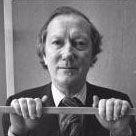 |
JOHN RUSSELL
Russell argued in his criticism that everything was connected. He believed that styles as seemingly opposed as Action Painting and Land Art were in fact cogs in the same artistic wheel. While Russell's criticism was never formally categorized as Postmodern, his accepting attitude towards modern art in nearly all its forms makes him, in retrospect, a Constructive Postmodernist. While celebrating new Post-AbEx styles like Installation, Minimalism and Land Art, he regarded them not as superior to any previous style or medium, but simply as new forms of artistic experimentation and affirmations of the world's ability to reinvent itself.
 Learn More Learn More |
 |
ROSALIND KRAUSS
Originally a formalist critic in the tradition of Clement Greenberg, Krauss shifted her perspective in the mid-1970s and became something of a Deconstructive Postmodernist. In her arts and culture journal October, Krauss created an open forum free from all formalist art theory in which she celebrated the writings and theories of the French philosophers commonly referred to as the "Deconstructionists." These theorists held that there existed no universal truth in archetypes and symbolism, and that it was therefore incorrect to base art criticism on this assumption.
 Learn More Learn More |

